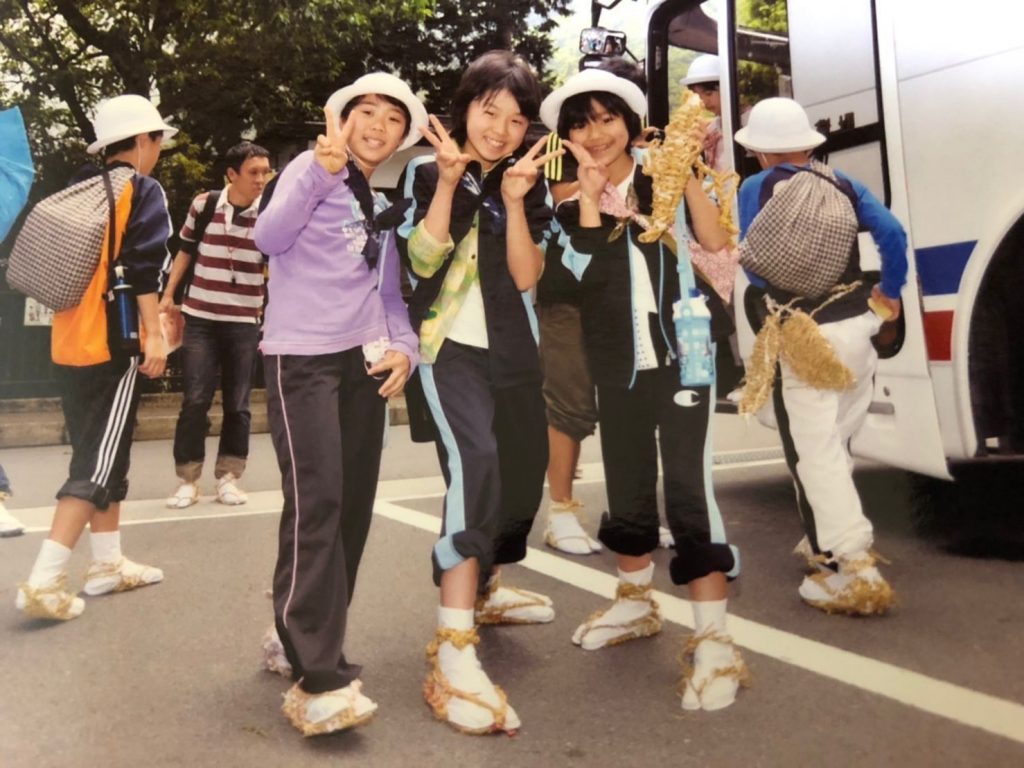Tabi (足袋) shoes, cool Japan?
Culture, traditions and fashion
The Tabi in today’s fashion
These days some high brands produce split-toe shoes called Tabi. Originally, Tabi are Japanese traditional socks with a separate section for the big toe and the rest. In Japanese, Tabi is written in “足袋” – literally meaning foot-pouch.
During the fashion week in Milano, I saw many Tabi boots and shoes from different brands. As a Japanese person, it was very interesting to see how Tabi shoes are becoming more and more fashion-iconic items nowadays.
Its simple, yet unique shape, is truly cool. I agree!
The history behind the Tabi
As you might picture, Tabi socks are usually worn with Zouri, footwear for Kimono. That is probably the most common image that people have of this item.
Yet, Tabi is not only for Zouri. It was used traditionally for various Japanese traditional footwear, such as Waraji (草鞋). Waraji is the rice straw rope sandals commonly worn during the Edo period.
In my 5th grade, I spent all my summer knitting 3 pairs of Waraji. My elementary school had a tradition that all the 5th graders hiked for 9 hours on “Kyu-kaido Ishidatami” – the old highway in Hakone, with their knitted Waraji. Of course, Tabi was a must with Waraji.

Photo courtesy: Kotono Sakai
A mere traditional style?
It is intriguing that some high brands, such as Margiela, are inspired by the Tabi shape. Yet, Tabi has its own value and history behind it. It is culture, and it is tradition. Tabi is not just a trendy item.
So it would be disappointing if the people would consume Tabi as a mere fashion icon with simple “Japaneseness”.
Imagine if the fast fashion brands would mass-produce Tabi shaped shoes, making them even more accessible to general consumers. The value would no longer matter.
I am very pleased to see that Japanese traditional culture is being internationally appreciated and more recognized throughout different mediums. But if I saw an overuse or overconsumption of Tabi shaped shoes, I would perhaps get mixed feelings.
I encourage you to tell what is mass and what is special!
*
A piece written by Kotono Sakai, a Japanese girl studying history and fashion at Cattolica university in Milan and interning for suite123
Tabi (足袋) shoes, cool Japan? Read More »